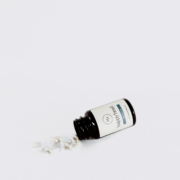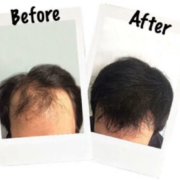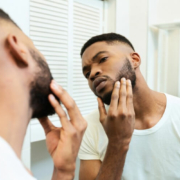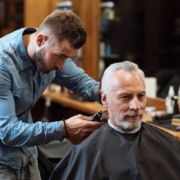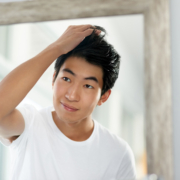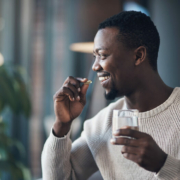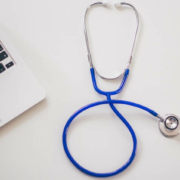Oral Minoxidil: Truth Behind Its Hair Growth Success
There has been some press and a lot of talk about the benefits of low-dose oral Minoxidil recently. Our phone lines have been flooded with questions in response. Is oral Minoxidil the cure for balding and thinning hair? Will it work for me? What’s the truth behind its growth success? That’s what everyone wants to know.
In response, we thought it would be helpful to share answers to some of the frequently asked questions we’ve been getting. If you’re thinking about asking for a prescription, make sure you read this first. We’ll explain what oral Minoxidil is, how it works, and some things you should consider if you decide to give it a try.
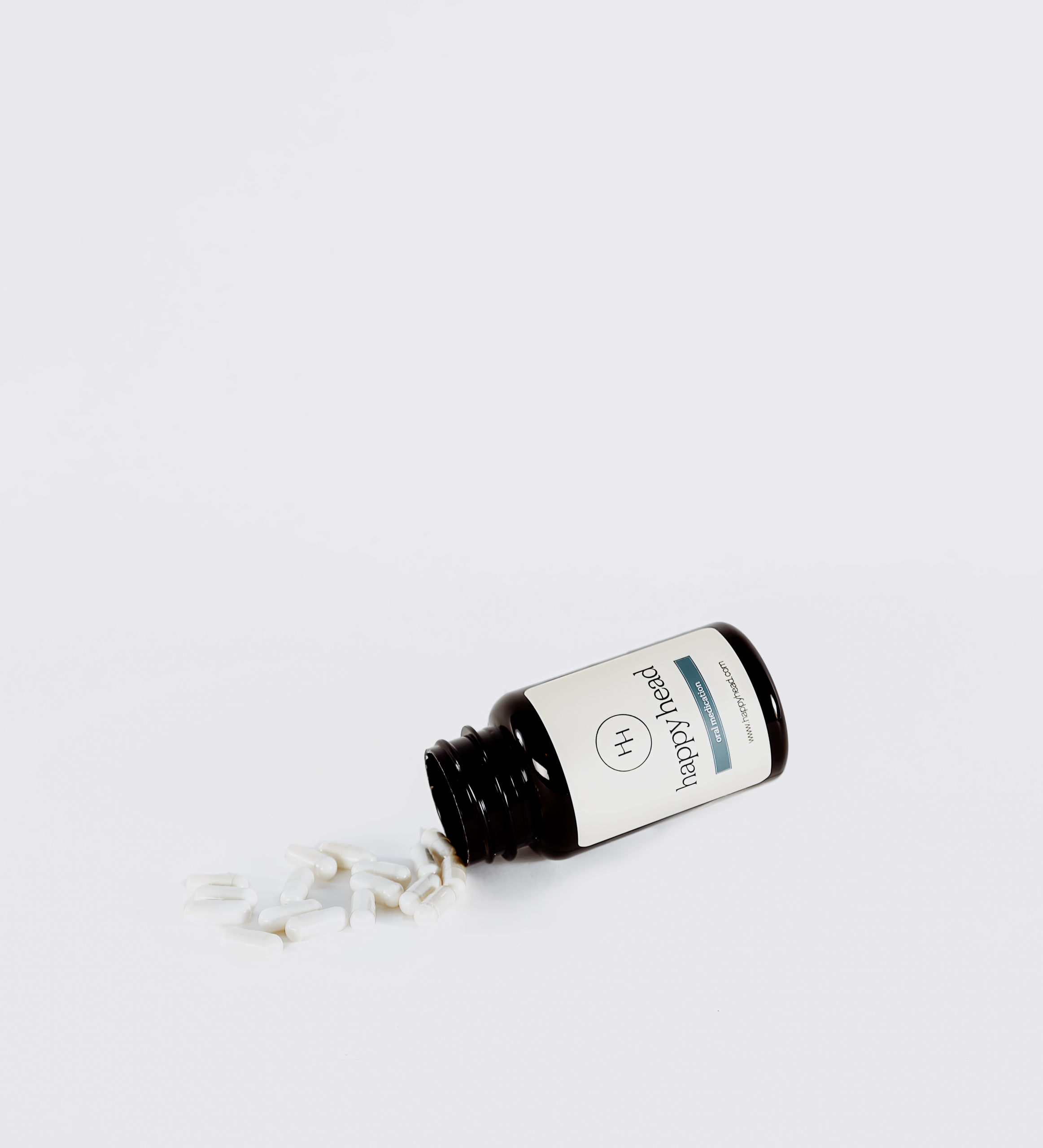
What’s the Big Deal About Oral Minoxidil?
In previous blog posts, we talked a little bit about the abundance of over-the-counter (OTC) products on the market that promise to help people who are experiencing hair loss regrow their hair. Shampoos, conditioners, vitamins, and supplements are easy to buy and tempting to try. If you’ve already tried one (or five), you know what we mean. We’ve also discussed how with the exception of two and five percent Minoxidil liquid and foam, which are marketed under the brand name Rogaine, the products that are truly effective in treating hair loss are only available by prescription.
Recent press has reiterated this point and has touted the benefits of low-dose oral Minoxidil. Minoxidil is an inexpensive medication and has been proven to be effective in treating male and female pattern hair loss (androgenetic alopecia) and other types of alopecia.
What is Minoxidil?
Minoxidil was originally developed and marketed to treat high blood pressure. The medication is a vasodilator. It relaxes the blood vessels, allowing blood to pass through more easily. When Minoxidil was initially tested for high blood pressure, doctors and researchers noticed that one of the side effects was hair growth. Minoxidil brings more oxygen to the scalp’s surface, enlarging the hair follicles and offsetting the effects of miniaturization that results in hair thinning and balding. Through the enlarged follicles, new hair can grow, and existing hair remains strong and healthy.
Why is Oral Minoxidil Prescribed Off Label?
Liquid and foam Minoxidil are FDA approved for treating hair loss. Oral Minoxidil is prescribed off-label for hair loss because it has been approved to treat high blood pressure but not for hair loss. Prescribing medications off-label is common practice in dermatology. Many dermatological conditions ranging from skin pigment disorders to inflammatory conditions, do not have standard FDA-approved treatments, so dermatologists use research findings to prescribe off-label to treat their patients’ conditions.
How is Oral Minoxidil Usually Prescribed to Treat Hair Loss?
Dosage may differ based on your body weight and other factors; however, the typical prescription of oral Minoxidil to treat alopecia is 2.5 milligrams. Dr. Ben Behnam, dermatologist, hair specialist, and founder of Happy Head hair loss solutions, recommends building up slowly over a month to avoid side effects. “Use a pill cutter,” says Dr. Behnam. “Take one-quarter of a tablet for the first two weeks, one half of a tablet during the second two weeks, and a full tablet after that.” As with any prescription medication, patients should only take oral Minoxidil under the supervision of a licensed physician.
What are the Side Effects of Oral Minoxidil?
According to Dr. Benham, oral Minoxidil is a relatively safe medication, and side effects are rare. Oral Minoxidil does not cause weight gain or sexual side effects. Although most people do not have any side effects, people who do may experience changes in blood pressure, heart palpitations, headaches, and ankle swelling. If you have concerns about fluctuating blood pressure, Dr. Benham suggests buying an inexpensive blood pressure cuff and checking your blood pressure weekly.
If you’re of middle-eastern descent and are using oral Minoxidil at higher doses, there’s a risk that you could grow hair on your face or other parts of your body. That usually doesn’t happen at the lower doses though. There’s also a higher chance of hirsutism in women than men.
Most side effects resolve on their own after a week of continuously taking the medication. However, if your symptoms don’t resolve, Dr. Ben recommends contacting your dermatologist and discontinuing the medication.
Can You Use Oral Minoxidil and Topical Hair Loss Treatments at the Same Time?
Using oral Minoxidil at the same time as topical hair loss treatments is often recommended for the best results. The reason is that oral Minoxidil may work as a stand-alone treatment for some, but many people will also require an anti-antigen such as Finasteride. Minoxidil will open the hair follicles, but it won’t block testosterone from converting to DHT. Therefore, most people need a DHT blocker to complement the Minoxidil.
What other Medications Exist to Treat Male or Female Pattern Baldness?
Both oral and topical medications are available to treat androgenetic alopecia. Oral medications include:
Finasteride (Propecia)
A DHT blocker that’s typically prescribed as a first-line medication due to its high efficacy. Although not common, some men taking oral Finasteride experience some sexual side effects. Topical Finasteride, has been proven to work equally as well as oral Finasteride without the same risk of side effects.
Dutasteride (Avodart)
Dutasteride is also a DHT blocker. The difference between Finasteride and Dutasteride is that Dutasteride inhibits two isoenzymes while Finasteride inhibits one. That said, FDA-approved Finasteride is effective for most people with male or female pattern baldness. When Finasteride isn’t quite strong enough, Dutasteride is prescribed off-label. Knowing whether Finasteride or Dutasteride will work best in each case is usually unknown until a patient tries one of the medications. Based on Dr. Behnam’s experience, Finasteride works better for some people than Dutasteride, even though Dutasteride is a stronger medication. That’s why Finasteride is used as the first-line treatment.
Spironolactone
Sprironolactone is a second-line DHT blocker prescribed to women when Finasteride isn’t effective. Men typically aren’t candidates for the medication because it can cause feminizing side effects.
Topical Medications
In addition to Minoxidil, topical Finasteride and combination medications are available. Formulas that combine prescription medications such as Minoxidil and Finasteride are beneficial because they contain both a vasodilator and a DHT blocker into one. Patients often prefer the convenience of using one medication rather than multiple medications. Topicals are also often preferred because they work as effectively as oral medications without the same risk of side effects.
Is it Okay to Take Oral Minoxidil if You’re Already on Other Blood Pressure Medications?
If you are currently on a blood pressure medication, check with your cardiologist before adding oral Minoxidil. Knowing whether you can take oral Minoxidil with other blood pressure medications depends on what you’re taking and your current blood pressure. Again, your cardiologist is the best one to advise you.
How Do I Get a Prescription for Oral Minoxidil?
The best way to get a prescription for oral Minoxidil is by scheduling a meeting with your dermatologist or hair specialist. If you aren’t currently under the care of a practitioner, Happy Head has licensed dermatologists who can review your case and determine whether you are a candidate for the medication. Contact us if you would like more information.
We covered a lot of ground, so let’s review. Dermatologists do often recommend oral Minoxidil to their patients. It’s a reliable medication with relatively low side effects. However, oral Minoxidil often needs to be combined with a DHT blocker to get the results that most people want. The right combination of medications varies and can take some trial and error. Hair loss treatment isn’t one-size-fits-all and can be affected by factors such as weight and genetic make-up. If you have further questions, Happy Head is here for you. Reach out and we’re happy to help.

